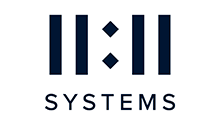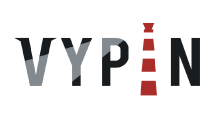Virtualization:
Virtualization is the process of creating a virtual version of a physical resource, such as a server, operating system, storage device, or network. It allows multiple operating systems to run on a single physical server, enabling more efficient use of hardware resources. Here are some key aspects of virtualization that you should know:
Types of virtualization: There are several types of virtualization, including server virtualization, desktop virtualization, network virtualization, and storage virtualization. Each type has its own benefits and use cases.
Benefits of virtualization: Virtualization can reduce hardware costs, improve scalability, increase flexibility, and enhance disaster recovery capabilities.
Virtualization software: To implement virtualization, you need virtualization software, such as VMware, Hyper-V, or VirtualBox. These software packages provide the tools necessary to create, manage, and monitor virtual machines.
Virtual machine (VM): A virtual machine is a software representation of a physical machine. Each VM includes its own virtual hardware, such as a CPU, memory, storage, and network interface. Multiple VMs can run on a single physical server.
Disaster Recovery:
Disaster recovery (DR) is the process of restoring IT systems and data in the event of a disaster or outage. It involves creating a plan that outlines the steps to be taken in the event of a disaster, as well as the resources required to implement the plan. Here are some key aspects of disaster recovery:
Disaster recovery plan: A disaster recovery plan is a comprehensive document that outlines the steps to be taken in the event of a disaster. It should include procedures for backup and recovery, as well as contact information for key personnel.
Backup and recovery: Backup and recovery are critical components of any disaster recovery plan. They involve making regular backups of data and systems, and storing those backups in a secure offsite location.
Testing and validation: Regular testing and validation of the disaster recovery plan is essential to ensure that it will work when needed. This includes testing backups, simulating disasters, and conducting training exercises.
Cloud-based disaster recovery: Cloud-based disaster recovery solutions can provide an affordable and scalable alternative to traditional on-premises solutions. Cloud-based solutions can also reduce recovery times and provide additional security.
Desktop as a service (DAAS):
-
Seamlessly integrated with remote workforce and BCDR solutions
-
Positively impacts security-conscious companies invested in protecting their data
-
Flexibly scales to various needs, whether companies that are acquiring company or seasonal staff
-
Reduces operational efficiency costs, allowing IT staff to focus on other projects that directly benefit the business
-
Provides instant access to large files
Infrastructure Solutions
Our partners























